BLOG
Categories
The True Cost of Wraparound Services—and the Transformational Value of Support and Community
Understanding Wraparound Services
Let’s get real for a second. Parenting a child with behavioral or emotional challenges isn’t just hard—it can feel like you’re constantly walking a tightrope. Now imagine trying to do that without a safety net. That’s what wraparound services are: they’re your net. They’re the support system you need when your child’s behavior has gone beyond what you can manage with love and logic alone.
What Are Wraparound Services, Really?
At their core, wraparound services are just that—they wrap around your family. Not just your child, not just one problem. Your whole family. This is a holistic, relationship-centered model that brings together therapists, educators, social workers, and—most importantly—you, the parent.
These teams work together to help stabilize the environment and bring regulation to chaos. They’re not there to "fix" your child. They’re there to walk with you in creating healing experiences—experiences that regulate stress, increase oxytocin, and foster connection.
Healing Happens in Relationships, Not Programs
You’ve probably heard me say this before, but it bears repeating: behavior is not the problem. Behavior is the symptom. If we focus on behavior alone, we miss the opportunity to heal the pain that’s driving it. That’s why wraparound services must include emotional regulation support, school advocacy, and home-based coaching that recognizes the parent-child relationship as the center of healing.
When these systems integrate—not just coordinate, but truly integrate—they become powerful tools for change. But it only works if the parent is at the table as an equal.
The Power of Natural Supports and Community
Now, don’t underestimate the power of your own people—your tribe. I’m talking about natural supports. Grandma who picks up the kids after school. The neighbor who checks in. Your church. Your circle. These relationships carry a level of trust and emotional safety that no professional service can replicate.
They are the true long-haul players in this healing journey. When wraparound teams partner with these natural supports, they amplify the family’s strength rather than replace it.
Yeah, It Costs. But What’s the Cost of Not Doing It?
Let’s talk dollars. Sure, comprehensive wraparound care can carry a price tag. But do you know what costs more? Residential treatment. Juvenile detention. Broken families. Emotional breakdowns.
And here’s the beautiful thing—there are funding options. Medicaid waivers, mental health grants, adoption subsidies, and in some cases, insurance coverage. But navigating this system is like hiking through mud. That’s why you need an advocate—someone who knows the system and believes in your family.
Wraparound Isn’t a Service. It’s a Commitment.
Ultimately, wraparound care isn’t about services—it’s about relationships. It’s about shifting from fear to love, from isolation to connection, from surviving to healing. It’s about creating a space where your child—and you—can finally exhale.
Let’s not forget: healing happens not because of programs, but because of people. It happens because someone believed in your family enough to stand beside you, not above you.
Is It Working? Assessing Wraparound Services with the Heart and the Brain in Mind
Let’s have a heart-to-heart. When we talk about assessing wraparound services, we’re not just crunching numbers—we’re asking one simple but powerful question: Are families healing? Because the truth is, a program can check all the boxes on paper, but if parents still feel alone and kids are still dysregulated, then something’s missing.
Healing Is the Goal—Everything Else Is Just the Method
Wraparound care isn’t about managing behavior. It’s about transforming lives. It’s about looking at that overwhelmed mom and asking, “What do you need to feel supported?” It’s about looking at that angry teen and seeing the fear underneath the defiance.
When wraparound services are effective, families feel it. The chaos calms. School becomes a place of learning, not just surviving. Hospitalizations drop. Suspensions decrease. But more than anything, the child begins to feel safe, and the parent starts to believe, “We can do this.”
Strengths Over Symptoms—Always
The wraparound model thrives because it doesn’t start with what’s wrong—it starts with what’s strong. That’s a total shift from the deficit-based systems most families are used to. Instead of saying, “Here’s your list of problems,” we say, “Here’s what’s working—let’s build from there.”
This is not about ignoring challenges. It’s about seeing them through the lens of potential. When we assess outcomes, we don’t just ask, “Did the behavior stop?” We ask, “Did the relationship deepen? Did confidence grow? Are they more connected today than they were yesterday?”
Real Progress Isn’t Always Measured in Charts
Yes, we need metrics—attendance, grades, hospitalization rates. But the most powerful assessments come from real moments: a parent who no longer yells when stressed. A child who makes eye contact for the first time in weeks. A family that sits down to dinner together without fear.
That’s data too. That’s heart data. And when we combine it with check-ins, goal-setting, and honest conversations, we get a full picture of success that goes way beyond what most systems are measuring.
Wraparound Works When It Feels Like Love
In the end, we measure success not by how well a service is delivered, but by how deeply it creates connection. That’s the real test. Does the child feel seen? Does the parent feel empowered? Do they feel less alone, less afraid?
Because healing isn’t just about outcomes. It’s about the journey. And the journey becomes transformative when we walk it together—with love, not fear.
Wraparound in Action: How Real-Life Support Transforms Real-Life Families

If you’ve ever parented a child in distress, you know one thing for sure—cookie-cutter solutions don’t work. That’s why wraparound services matter. Because they don’t bring in a prepackaged program—they bring in people. People who listen, who care, and who build support plans one relationship at a time.
It Starts with a Plan—and a Whole Lot of Listening
Effective wraparound care begins not with a checklist, but with a conversation. A real one. One that honors the lived experiences of the child and the family. We’re not just talking about what’s wrong—we’re listening for what’s strong.
A care team comes together—maybe a therapist, a teacher, a social worker, and most importantly, the parent. Everyone sits at the same table. Everyone has a voice. The plan they create is specific to that child, that family, that situation. It’s not about fixing behavior—it’s about creating healing.
And let’s be honest—coordination is the glue. Weekly check-ins, progress notes, and clear communication become lifelines. When done right, these tools don’t just support the child—they support the parents who are carrying the weight of it all.
The Hard Truth About Individualized Care
Now, let’s not sugarcoat it. Tailoring care to each child isn’t easy. It takes time, energy, and a system willing to stretch beyond its usual limits. Funding is inconsistent. Staff turnover is high. Communication can break down.
But here’s the truth: every child is worth the effort. Every family deserves a team that shows up, listens deeply, and stays consistent.
Families are often guarded—and who can blame them? Many have been judged, dismissed, or burned out by the system. Trust has to be earned, not demanded. That’s why relationship is everything. That’s why cultural sensitivity and emotional presence are not add-ons—they are the foundation.
When It Works, It Changes Everything
I’ve seen it firsthand. A child on the brink of being removed from their home finds safety in a mentor’s words and consistency in a wraparound team’s commitment. Suddenly, their grades start to rise. Their tantrums decrease. Hope creeps in where chaos once reigned.
I remember one young man whose world turned around when his team helped him build a backyard garden with his dad. It wasn’t about vegetables—it was about connection. That’s wraparound at its best. Not because it solved a problem, but because it restored a relationship.
Healing Isn’t a Program. It’s a Process. It’s a Promise.
In the end, wraparound services are not just tools for better behavior. They are bridges—to healing, to stability, to hope. And when we walk with families, not ahead of them or above them, we create the space for real, lasting transformation.
Because every child deserves not just services, but people who believe in their potential. People who say, “We see you. We’re not giving up. Let’s build this healing together.”
Financial Aspects of Wraparound Services

Let’s talk money—but not just in numbers. Let’s talk about what it really costs to heal a child, to support a family, to stabilize a community. Because when we talk about wraparound services, we’re talking about an investment in people. And yes, that investment comes with a price. But the return? It's priceless.
What Does It Really Cost to Support a Family in Crisis?
For providers, wraparound care is not cheap. Staff need training—not just in policy and paperwork, but in trauma, attachment, and how to stay regulated in the face of dysregulation. Facilities, transportation, communication tools, ongoing consultation—it all adds up.
For families, while services may be offered at low or no cost, let’s not ignore the hidden toll: missed work, juggling transportation, emotional exhaustion. The cost isn’t just financial—it’s personal.
That’s why wraparound has to be more than a service—it has to be a relationship. Because when families feel seen and valued, they stay engaged. And that’s when true healing begins.
Funding Wraparound: It Takes a Village (and a Budget)
Fortunately, there are funding streams out there—federal grants, Medicaid waivers, state and local initiatives, even private foundations stepping in to support healing work. But make no mistake: funding is a patchwork. And when we only fund what we can easily measure—like test scores or incident reports—we risk missing the deeper wins: a family that’s still intact, a child who finally feels safe.
Outcome-based funding can help drive results, but we have to remember: healing isn’t always linear. Progress is often slow, messy, and invisible at first. That’s why consistent, multi-source funding is essential—it allows wraparound services the time and space to work.
Wraparound Isn’t Just a Line Item—It’s a Long-Term Investment
And here’s the big picture: when wraparound services work, entire communities benefit. Fewer hospitalizations. Fewer school suspensions. Less reliance on law enforcement. More parents in the workforce. More kids graduating. More emotional stability across families.
That’s not just healing—that’s economic growth.
Wraparound doesn’t just serve families—it strengthens the very fabric of a neighborhood. It sends a message:
You are not alone. Your healing matters. And we, as a community, are better when you are whole.

Frequently Asked Questions
What are typical funding sources for wraparound services?
Funding sources for wraparound services vary widely. They often include federal, state, and local government programs.
Nonprofit organizations and private donations can also contribute. Medicaid might cover certain aspects, particularly related to healthcare services.
How can organizations effectively manage the costs of providing wraparound services?
To manage costs, organizations can develop efficient budgeting plans. Collaborating with local agencies can also help.
Applying for grants and seeking community partnerships are effective strategies. Regular financial assessments ensure that funds are being used wisely.
What are the financial benefits of investing in wraparound services?
What are the financial benefits of investing in wraparound services?
Investing in wraparound services can yield long-term savings. Providing comprehensive support can reduce the need for more costly services later.
By addressing a range of needs, these services help prevent crises, which can be more expensive to manage.
How do wraparound service costs vary by region or type of service provided?
Costs can differ significantly based on location and the type of service offered. Urban areas might have higher expenses compared to rural settings.
Similarly, services that require specialized professionals tend to be more expensive than those without such requirements.
What strategies can be employed to increase funding for wraparound services?
To boost funding, organizations can apply for government grants aimed at community services. Building relationships with local businesses for sponsorships can be beneficial.
Raising public awareness through campaigns may attract more donations and support.
How does the cost-effectiveness of wraparound services compare to traditional service models?
Wraparound services tend to be more cost-effective than traditional models.
By offering personalized and holistic support, they reduce the need for multiple service providers.
This integrated approach can lead to better outcomes, making them a desirable option for many.
RECENT POSTS



Bringing and keeping families together!

Supporting families in need.
LEAF WRAPAROUND is a Parents in Training Inc. program to help ensure families stay together, providing support and services to both children and parents
LEAF WRAPAROUND - a Parents in Training Inc. progra | Built by WSI - Dinámica Digital
LEAF WRAPAROUND
a Parents in Training Inc. program
Built by WSI - Dinámica Digital





